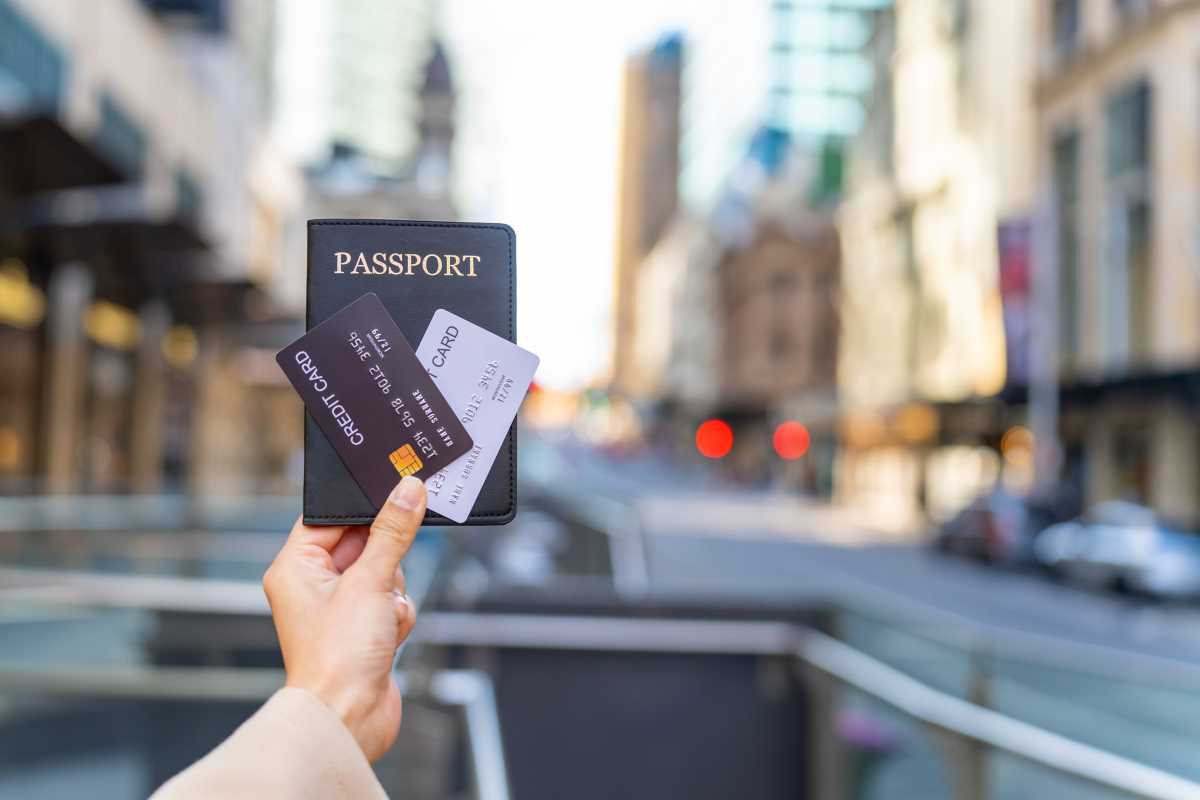Ah, the travel credit card. To some, it’s just a piece of plastic; to me, it’s a passport to perks, upgrades, and free trips. As someone who’s been around the world more times than I can count (and on points, no less!), I can tell you that picking the right travel credit card isn’t just about the flashy sign-up bonus. Oh no, it’s about finding the one that matches your travel style like the perfect pair of shoes. Whether you’re an airline loyalist, a hotel hopper, or a free spirit chasing the best deals, I’ve got the tips to help you choose the perfect card and maximize those rewards.
1. Know Your Travel Style
Before you even glance at a credit card website, take a moment to think about how you travel. Are you loyal to one airline or hotel chain, or do you play the field for the best prices? Do you travel internationally, or are you more of a road tripper? For example, a co-branded airline card might be your best bet if you're always flying Delta. But if you’re the type to book the cheapest flight no matter the carrier, a general travel rewards card with flexible redemption options will suit you better.
2. Compare Sign-Up Bonuses
Let’s not beat around the bush—sign-up bonuses are the juicy carrot that gets us all drooling. They’re usually something like, “Earn 60,000 points after spending $4,000 in the first three months.” That’s great, but don’t let the big numbers fool you. Take a closer look: how easy is it for you to hit that spending requirement? If you’re not a big spender, a smaller bonus with a lower threshold might be a better fit. And always consider the value of those points—60,000 airline miles might stretch further than 60,000 hotel points.
3. Annual Fees: Worth It or Not?
Ah, the dreaded annual fee. Some cards have none, while others charge a small fortune. The trick is to weigh the fee against the perks. Let’s say a card has a $95 fee but gives you a $100 annual travel credit and free checked bags. That’s a win if you use the perks. On the flip side, a $550 fee might make you break out in hives, but if it comes with lounge access, travel insurance, and TSA PreCheck reimbursement, it might be worth every penny.
4. Point Values and Redemption Flexibility
Not all points are created equal. Some cards have fixed-value points (think 1 cent per point), while others let you transfer points to airline or hotel partners, potentially giving you much higher value. For example, transferring points to an airline program for a business class ticket can sometimes get you 5 cents or more per point. If flexibility is your thing, look for cards with transferable points programs, like Chase Ultimate Rewards, American Express Membership Rewards, or Citi ThankYou Points.
5. Foreign Transaction Fees
Nothing kills the joy of sipping an espresso in Paris like finding out you paid 3% extra on every croissant. If you’re a globetrotter, make sure your card doesn’t charge foreign transaction fees. Thankfully, most travel cards don’t, but it’s always worth double-checking. Bonus points if the card has perks like chip-and-PIN technology, which can be handy in some countries.
6. Perks That Make Travel Smoother
The little things can turn a good trip into a great one, and travel credit cards often come with perks designed to do just that. Priority boarding? Yes, please. Free checked bags? Absolutely. Airport lounge access? Sign me up. If you’re someone who loves a bit of luxury—or just hates fighting for an outlet at the airport—look for cards with these types of benefits. Some even offer complimentary travel insurance, which is a lifesaver if your luggage decides to vacation in a different city.
7. Partner Airlines and Hotels
If you’re eyeing a co-branded airline or hotel card, make sure their loyalty program has partners you’ll actually use. For instance, a Delta card gives you access to SkyTeam alliance partners, while a Marriott card connects you to Bonvoy properties around the globe. The more partners, the more ways to earn and redeem points. And let’s not forget: partnerships can often mean elite status perks, like free upgrades or late check-out, even when you’re redeeming points.
8. Earning Categories
Not all cards reward you equally for every dollar spent. Travel cards often have bonus categories like dining, groceries, or gas, in addition to travel purchases. If you’re like me and spend more on takeout than your kids’ college fund, a card with 3x points on dining is a no-brainer. Review your spending habits to make sure your card aligns with where your money actually goes.
9. Additional Cardholder Perks
Some cards offer benefits for authorized users, like additional lounge access or earning rewards on their spending. Others might even waive the fee for your companion’s first checked bag. If you’re traveling with family or friends, these extras can add up quickly.
10. Keep an Eye on Promotions
The travel credit card game is always changing, and promotions can sweeten the pot. Some cards periodically offer increased sign-up bonuses or limited-time earning categories. Timing your application to align with these offers can give you an extra boost.
Finding the perfect travel credit card doesn’t have to feel like a full-time job. By understanding your travel habits and comparing the key features of different cards, you’ll be well on your way to racking up rewards and making your next trip more affordable—or luxurious. Now, where to next?







